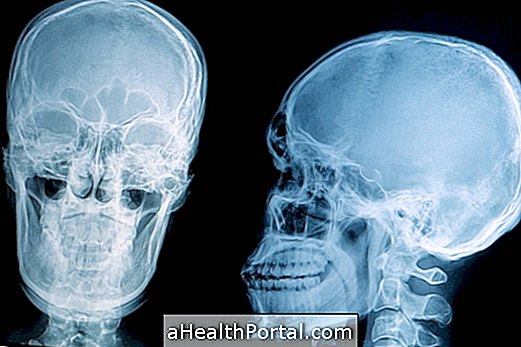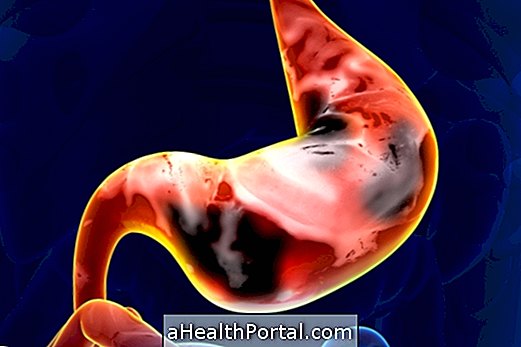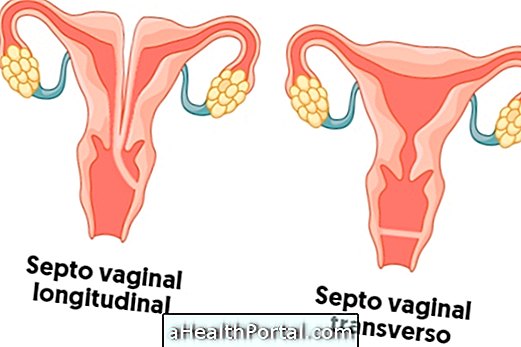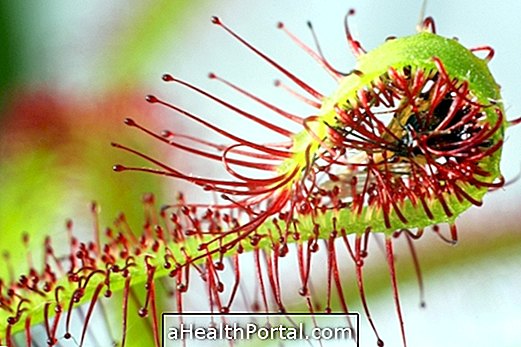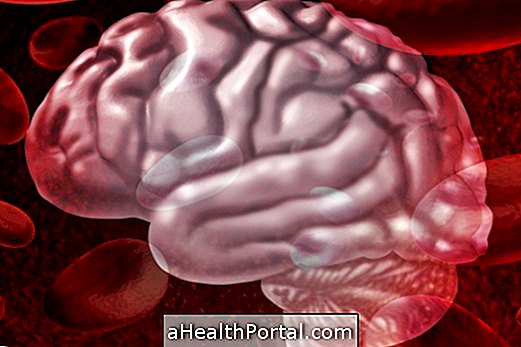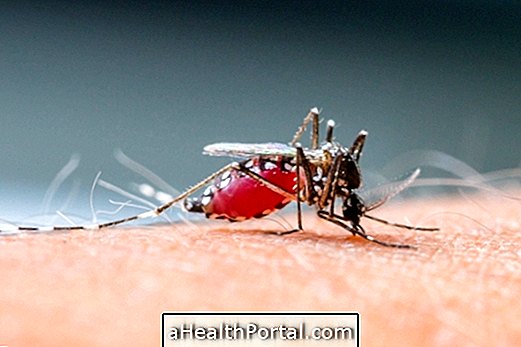Uterine fibroids, also known as fibromas or leiomyomas, are benign tumors composed of muscle cells that can affect women's lives because they can cause abnormal uterine accretion, pelvic pain, pregnancy complications, and other symptoms, although they may be asymptomatic in half cases.
Fibroids can be classified according to their position in the uterine wall, the subseroses being those tumors that develop on the external surface of the uterus, called serosa. This type of myoma usually does not present symptoms, except when it reaches large volumes, being able to cause compression of the adjacent organs.
The treatment is only done if symptoms manifest themselves or if the fibroids cause other complications and consists in the administration of medicines or surgery to remove myoma or even the uterus.

What are the signs and symptoms
Subsyroid fibroids usually have no symptoms except when they reach large volumes, which may cause compression of adjacent organs and lead to more serious problems. Symptoms may be gynecological, such as abnormal uterine bleeding, pelvic pain, dysmenorrhea or infertility and as a consequence of bleeding, iron deficiency anemia may occur.
In addition, urinary retention, urge to frequent urination, kidney swelling, intestinal dysfunction, venous stasis, hemorrhoids may occur, and although fever may be rare, fever associated with fibroid necrosis may also occur.
Although rare, the presence of uterine fibroids can impair fertility because they can cause:
- Deviation of the cervix, making sperm access difficult;
- Increase or deformity of the uterine cavity, which may interfere with the migration or transport of spermatozoa;
- Proximal obstruction of the tubes;
- Alteration of the tube-ovarian anatomy, interfering in the capture of the eggs;
- Alteration in uterine contractility, which may prevent sperm displacement, embryo, or even nidation;
- Abnormal uterine bleeding;
- Inflammation of the endometrium.
If there are no symptoms, myoma removal is not indicated, since the surgical procedure may contribute to the development of other infertility factors.
Although there is the possibility of causing infertility, even in the presence of uterine fibroids, it is possible to become pregnant, but the presence of fibroids can impair pregnancy. Some uterine fibroids may increase the chances of miscarriage, premature delivery, low birth weight, fetal abnormalities or even having to have a cesarean section.
Possible causes
The appearance of fibroids may be related to genetic, hormonal factors, since estrogen and progesterone promote their development and growth factors, produced by smooth muscle cells and fibroblasts.
In addition, there are several risk factors that may contribute to the development of uterine fibroids, such as age, early onset of first menstruation, family history, being black, obesity, high blood pressure, eating large amounts of red meats, alcohol or caffeine and have never had children.
How is the treatment done?
Asymptomatic fibroids have no therapeutic indication, however in these cases, a sonogram should be done frequently. If symptoms or if warranted, a treatment may be necessary:
1. Medication treatment
This treatment aims to reduce or eliminate symptoms by reducing the size of myoma or bleeding, and is useful before performing a surgical procedure, since it allows reduction in size which makes the surgery less invasive . Learn more about treatment.
2. Surgical treatment
The surgical treatment must be individualized, adapted to each case. A hysterectomy may be performed, which involves the removal of the uterus, or a myomectomy, in which removal of the myoma is only performed. Learn more about how the surgery is done.
